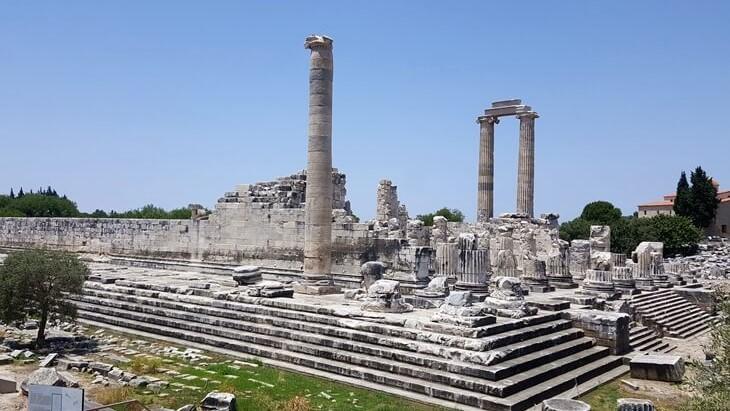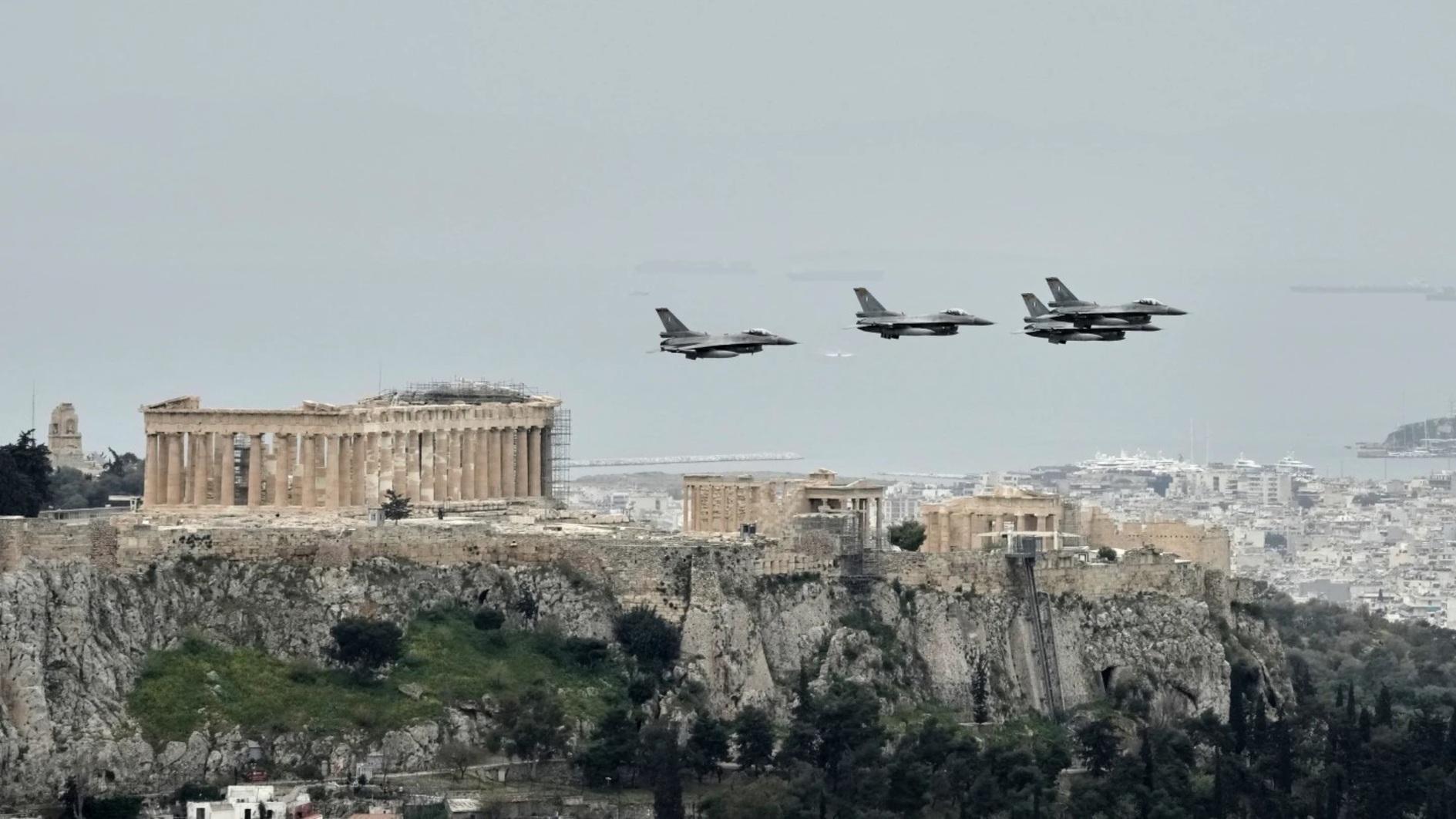Memory lane

I think I have a soft spot for Didim. On the way from the Izmir airport to this well-kept secret of Turkish summer vacationists, I remember the days long gone by. It must have been about 35 years or so when I spent countless days at the ancient site of Miletus. I remember the exact day when I first stepped into the courtyard of İlyas Bey Mosque together with the late eminent art historian Doğan Kuban. I was a young conservation architect then, commissioned the task of the restoration project of the building. I remember the thrill, both bewildered by the beauty of the unique masterpiece of architecture and the fear of not being up to this demanding task. I remember nonrelevant details too, such as the purple iris flowers blooming in March, adding to the magical beauty of the site. The rest was toiling under the scorching sun, measuring and documenting every single stone, tracing cracks and so on. The nights were joyous tables watching the Apollon temple, and days off would be the sun & sand day, going to the Altınkum beach, literally meaning “Golden Sand.”
There is something in this geography that triggers thought, ignites ideas, and makes one feel like belonging to another time zone. In the vicinities of Didim, or ancient Didyma, within a couple of kilometers, there are magnificent archaeological sites that need to be better known but are not on the radar of the regular tourist. Priene is one site that needs to be better known and explored. Perched on a hill site, shadowed by pine trees, here one can imagine how life used to be in Hellenistic times. One of the 12 cities in the Ionian league, this ancient Greek city still resonates with the vibe of long-gone days, sitting at the bouleuterion, one feels as if in the midst of heated debates in the counsel of citizens, or watching a performance at the theatre. Priene used to be on the coastline, now the once upon a time sea is filled with the alluvial plain. The same is true for the ancient Roman site of Miletus, just a few kilometers away toward the south. The silting caused by the Meander River is unbelievably interesting, both cities used to be on the shores of the Aegean Sea. The lake of Bafa used to be an Aegean gulf, now several kilometers away from the sea.
Miletus is unique in its own way, with its grid-iron plan, it is one of the well-preserved ancient sites, where one can imagine how it used to be living in those times, with layers upon layers of different phases of history. One of the wealthiest Hellenic cities of the Ionian League, the city continued to maintain its importance in the Roman period as well. It has one of the most well-preserved Roman baths, if the pool is filled once again with water, one can practically go back to Roman times enjoying leisurely swimming. The theater is only the actors and audience seem to be missing.
Toward the west is the ancient site of Didyma, famous for its twin temples of Apollo and Artemis. The oracle of Apollo was the fortune teller of the time, the site has always been visited by people making a vow in hopes of their wishes becoming true. It is not easy to choose a favorite site among these ancient monuments, but the one closest to my heart is definitely the İlyas Bey Mosque and complex, not only because it was my first important restoration project, but also because it sits lonely in the ancient site of Miletus, as if forgotten in the fast track of history. It is a gem of a building is the İlyas Bey Cami, which is a unique piece of architecture dating back to pre-Ottoman Anatolia. It took years to realize the actual conservation process, but I’m proud that the project has received the Europe Nostra Award for its well-executed restoration years later.
The reason that I keep remembering these ancient buildings is my recent visit to Didim, to see the newly opened Didim Anda Barut hotel, perched on a small peninsula on the shores of the Aegean Sea. One can predict that Didim will soon become a target of international tourism, until now it has only been the vacation destination of middle-class bureaucrats from Ankara having their summer houses here, or a few British tourists who discovered the amazing golden sand beaches and also allured by the oracle of Apollon temple. For me having the Barut Collection hotel in Didim will open another chapter in the history of this region. Barut group is originally from Antalya, the family owns several properties there and has been instrumental with their game-changing approach to tourism. Now they are taking another step outside their own territory, emphasizing not only sea, sand & sun tourism but also giving importance to gastronomy, arts and music. The reason for our visit was the concert of Dany Brillant, the famed French singer of Jewish-Tunisian origin. Under the full moon, we went into the memory lane with the songs Brillant, remembering the bygone times, the breeze of the Aegean, bringing the breeze of old songs enjoyed across the Mediterranean coasts, from Dario Moreno to Charles Aznavour. Apparently, he feels at home in Didim and his classic style, captures the audience instantly. I realize that certain songs are timeless. The audience ranges from toddlers to elderly couples, as the hotel has cleverly divided the property into three zones, the adult area is free from toddlers or energetic teens while families enjoy their fun corner, seniors can experience their so-called second spring and young couples can also have their completely private time in the Bayou villas. Now all are united enjoying the same songs. What I realize is Didim has always been here, though there have been times that it was neglected, it will be here forever and has several angles yet to be discovered. The oracle of Apollon predicts so!












